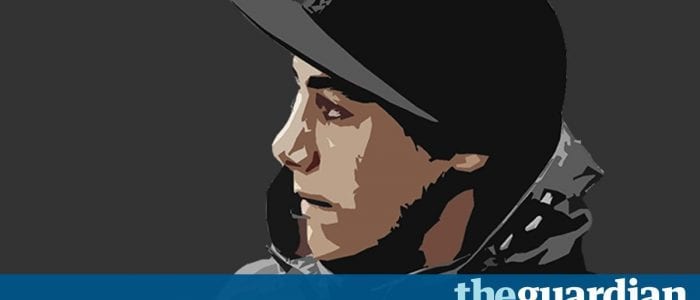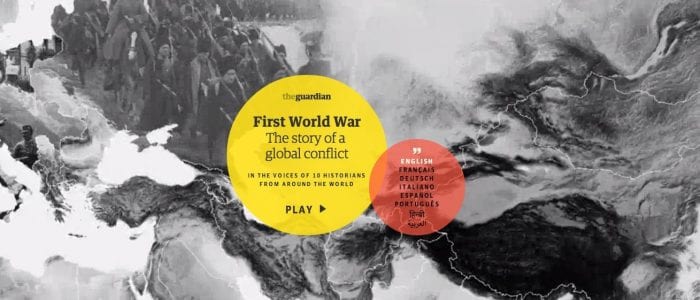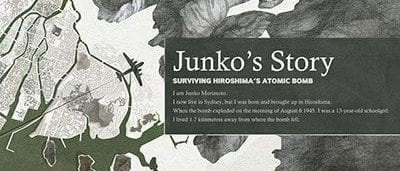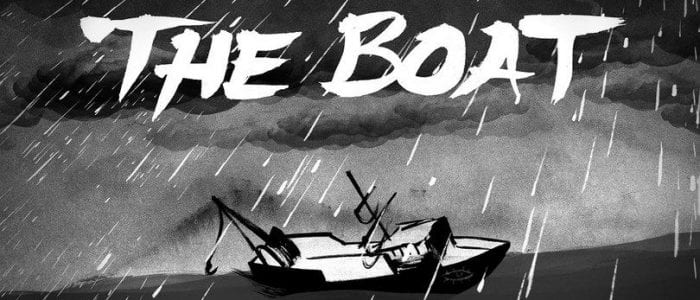While exploring digital literature thus far, I have found interactive multimedia journalism to be very engaging and filled with potential to incorporate in the classroom.
A compilation of interactive journalism that I have read so far (some of which I have already used in the classroom):
Drowning Megacities [Geography/Urbanisation]
Urbanisation: where, why, when? [Geography/Urbanisation]
Out My Window [Geography/Urbanisation]
After the storm [Geography/Natural Hazards]
Jacob’s Story [History/Rights and Freedoms]
The First World War: the story of a global conflict [History/WWI]
Junko’s Story [History/WWII Hiroshima]
The Making and Breaking of Europe [History/post WWII]
Exit Syria [History/Modern Histroy “the greatest refugee crisis since WWII”]
How Far We’ve Come [History/Modern History Refugees in Australia]
Graphic Novel:
The Boat [History/Modern History Refugees]
[Reflection]




